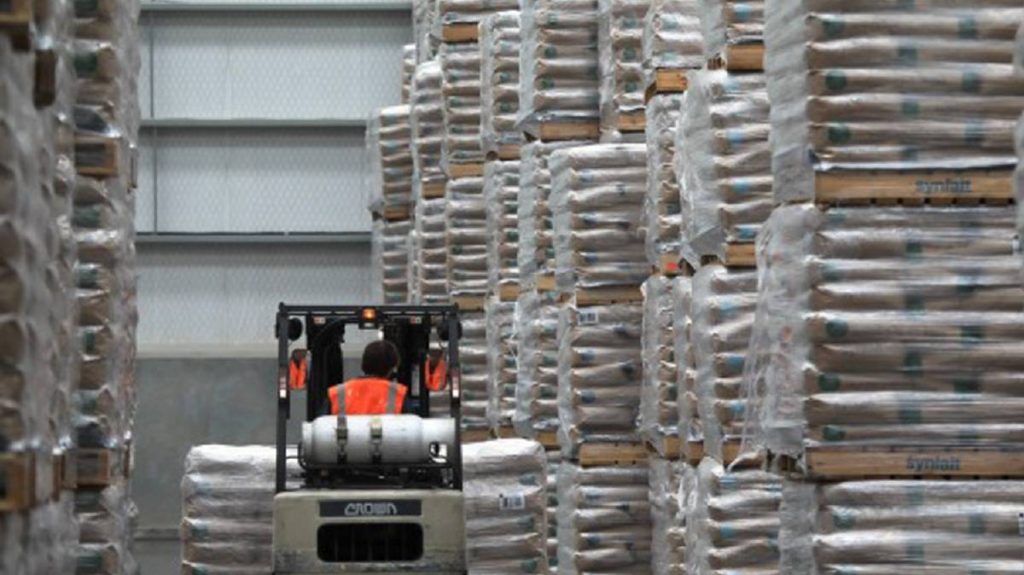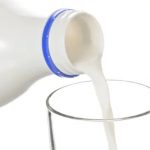
- Cheese exports are up by three percent.
- Cheese imports are up by one percent.
- Therefore, cheese net exports are up by five percent.
- Butter exports are down by 46 percent!
- Butter imports are up by 10% percent.
- Butter net exports (really net imports) more than doubled on weak exports and strong imports of butter. The U.S. imports twice as much butter it exports.
Cheese exports showed growth in 2019 in spite of a difficult environment as trade negotiations with Mexico, Canada, and China resulted in significant changes in tariffs. The largest percent increase over the prior year came in the first quarter before trade negotiations “heated up.” The last three quarters produced almost no gain (Chart I).
 |
| Chart I – Cheese Exports YTD for 2018 and 2019 |
Table I below shows the details of the full year changes in exports.
 |
| Table I – Cheese Exports by Country |
Cheese imports are significant and contribute to the domestic supply of cheese in the U.S. These imports are about 50 percent the size of exports, so they do have a significant impact on total U.S. cheese supply and availability. Cheese imports did grow in 2019 compared to the prior year, but only by one percent. Chart II below shows the YTD growth of imports over the prior year.
 |
| Chart II – Cheese Imports YTD for 2018 and 2019 |
These imports came primarily from the five countries shown below in Chart III. Together, these five countries make up over 50 percent of cheese imports to the U.S. Italian cheeses are by far the most popular imports and showed significant growth.
 |
| Chart III – Cheese Imports by Country |
Total cheese exports less cheese imports is defined as net cheese exports. Because the imports contribute to the available supply of cheese for U.S. consumption, they lessen the amount of U.S. produced cheese needed for consumption which in turn lessens the amount of milk needed for cheese. Because cheese exports grew by three percent in 2019 and cheese imports grew by just one percent, the net cheese exports grew by five percent as shown in Chart IV below.
 |
| Chart IV – Cheese import YTD for 2018 and 2019 |
A growth of five percent in net exports amounts to just 0.1 percent impact on total U.S. cheese demand.
BUTTER
Butter exports took a plunge in 2019, down 44 percent from the prior year as shown in Chart V. That is a huge drop! The first quarter had a very small decrease and the remainder of the year had decreases of over 50 percent compared to the prior year.
 |
| Chart V – Butter Exports for 2018 and 2019 |
Most of the butter exported from the U.S. goes to Mexico and Canada. The trade war had a huge impact as shown in Chart VI. Butter exports to Mexico fell by 75 percent and exports to Canada fell by 33 percent.
 |
| Chart VI – 2018 and 2019 Butter Export by Country |
Butter imports increased again in 2019, this time by 10 percent over the prior year as shown in Chart VII.
 |
| Chart VII – Butter Imports for 2018 and 2019 |
The imports were again driven by U.S. demand for Irish butter. The demand for Irish butter is not price driven. It is driven by a uniqueness of taste and excellent marketing. Irish butter has grown by 25 percent in 2019 vs. the prior year. In 2019. Irish butter imports were 30 million pounds or about 50 percent of total butter imports. Very importantly this in not commodity butter subject to competitive pricing, but branded and unique butter. It has now gained a market share of roughly three percent of total U.S. butter consumption.
 |
| Chart VIII – Butter Imports by Country |
 |
| Chart IX – Growth of Irish Butter Imports |
























